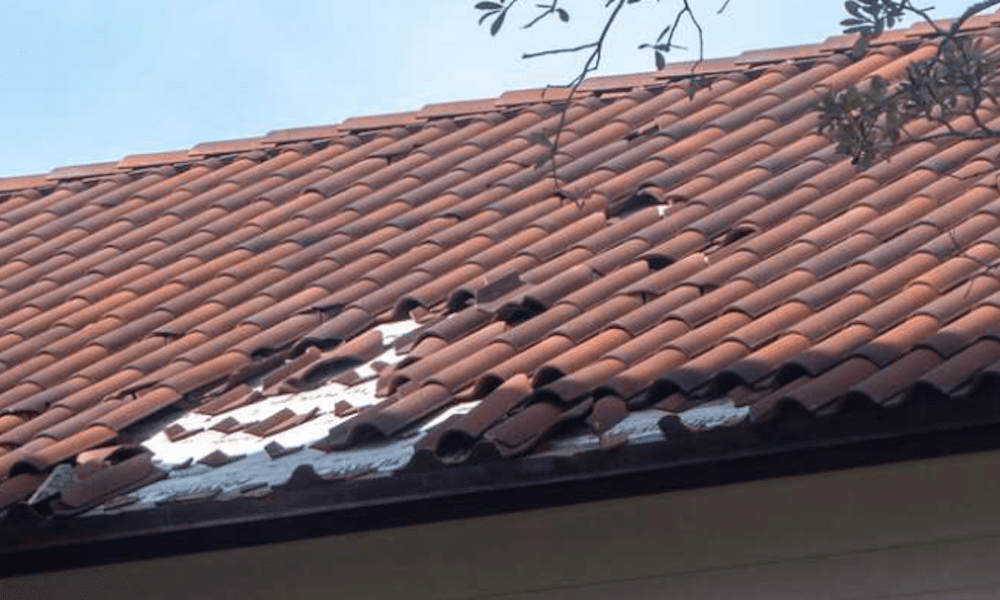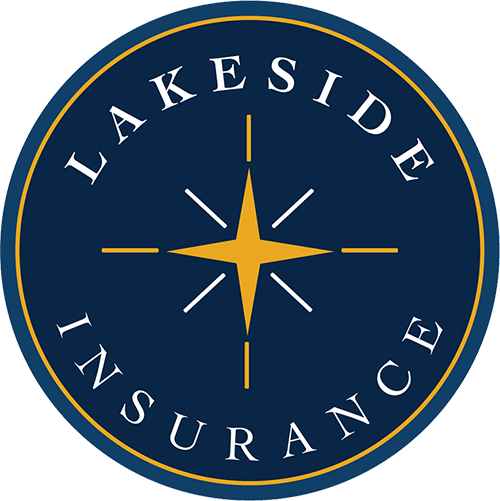
The idea of having “a roof over your head” is comforting precisely because roofs are so important. And you may feel reassured that your homeowner’s insurance policy will cover you in the event your roof is damaged due to hail, a downed tree, or another catastrophe.
But it’s important to understand that many common causes of roof damage are not covered by standard homeowners policies – or are covered only if you have a special endorsement. Read on to find out what you need to know.
If you need to file a claim and would like to expedite the process please contact the carrier directly or file on-line with your on-line account or Company APP.
- Safeco: (866) 472-3326
- Travelers: (800) 252-4633
- Auto-Owners: (888) 252-4626
- Progressive: (800) 274-4499
- Farmers: (800) 854-6011
- Chubb: (800) 252-4670
- AIG: (800) 225-5244
- Nationwide Private Client: (855) 473-6410
The key word is unexpected
Damage resulting from wear and tear is excluded from policies because it’s predictable. As a homeowner, you are responsible for maintaining your home and making any necessary repairs. Failure to do so could jeopardize future claims if a loss could have been prevented by routine maintenance.
Insurance covers the unexpected or unpredictable. Heavy rains, windstorms or hail can damage your roof and cause water to seep in. That’s covered. But water seepage that could have been prevented through the repair or replacement of worn or missing shingles typically would not be covered.
When roof damage is covered
Not all homeowners’ policies are created equal. The more extensive your coverage, the fewer exclusions there will be.
Here are some common causes of roof damage, and how they are typically handled by insurance:
- Pest damage, ice dams and objects falling on your roof (such as a tree or debris from an airplane) are generally covered.
- Wind, rain and hail are generally covered.
- Certain “act of God” events – such as hurricanes, tornadoes, earthquakes and mudslides – are not generally covered. If you live in a high-risk area, you’ll want to consider getting a special endorsement.
- Flooding is not generally covered. Again, you may want to consider an additional endorsement.
Once you make the claim, your insurance company will send an inspector to evaluate the cause and extent of the damage and to confirm coverage. If wear and tear is deemed to be the cause, coverage could be denied.
The company will then offer to pay for the full value of the repairs minus depreciation unless you have replacement cost coverage, but it can vary from one policy to the next. Replacement cost means the insurance company will pay for the full value of the repairs without discounting depreciation.
Maintain your roof
You’ll want to keep your roof in good condition by following these simple steps:
- Have your roof inspected by a professional to identify areas of concern.
- Clean your gutters regularly.
- Make sure nearby trees are in good health and trim nearby branches.
- Repair broken or worn shingles without delay.
- Remove excess snow if applicable.
- If you see visible signs of wear and tear, continued seeping, or mold growth, call a professional to help.
Roof damage is covered by your homeowners’ policy, but coverage differs from one insurer to the next. It’s best to read your policy or speak to your insurance professional and find out the extent of your coverage.




